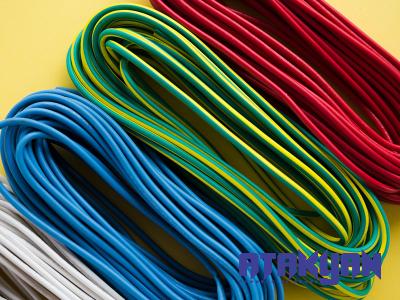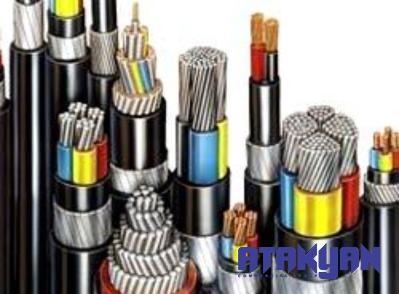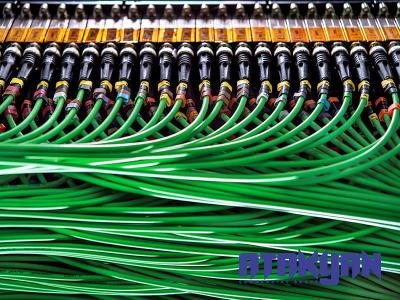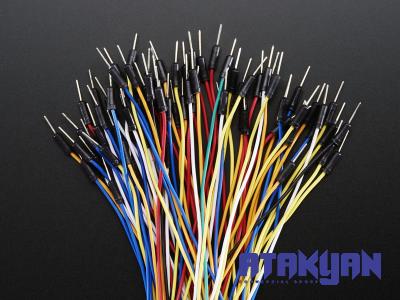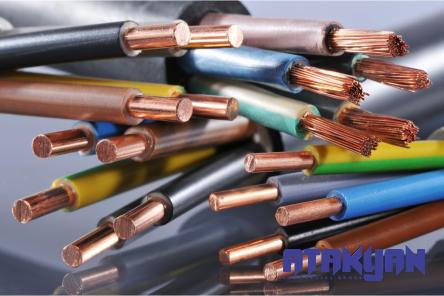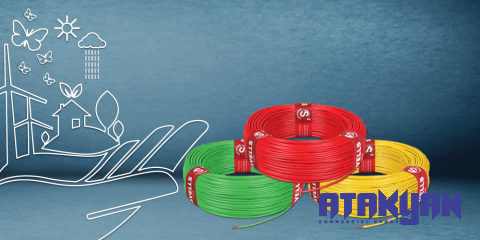A Comprehensive Guide
Welding is a crucial process that involves joining two or more metal parts together by melting and fusing them. It is widely used in various industries, including construction, manufacturing, and automotive. Successful welding is heavily reliant on the proper use of tools and equipment. In this article, we will discuss the essential tools and equipment used in welding, as well as important factors to consider when buying them.
1. Tools and Equipment Used in Welding
1.1 Welding Machines: Welding machines, also known as welding power sources, are the heart of any welding operation. They provide the necessary electrical current and voltage required to generate the heat needed to melt and fuse the metal. Common types of welding machines include stick welders, MIG welders, TIG welders, and plasma cutters.
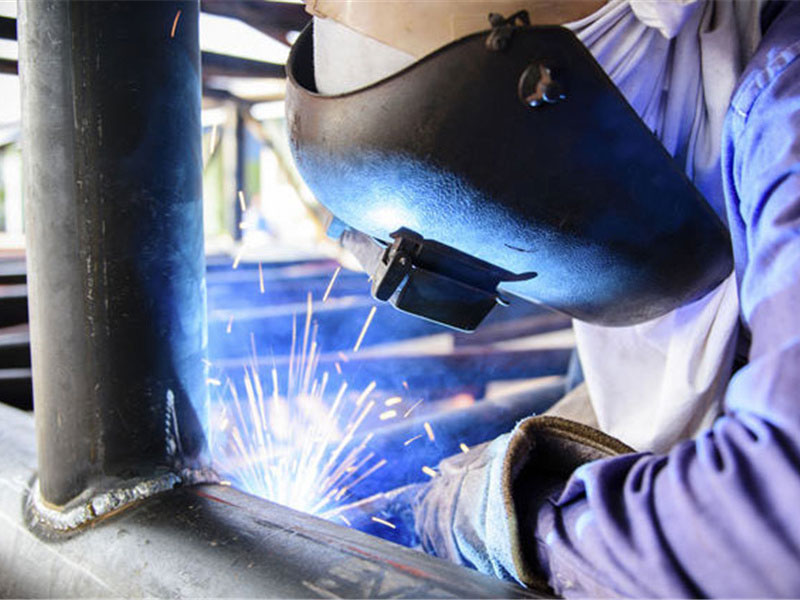
1.2 Welding Torch: A welding torch is a handheld device that directs the flow of a welding gas and electrode to the joint being welded. It is equipped with a trigger that controls the flow of gas and a nozzle that releases the welding electrode. The torch is an essential tool for MIG and TIG welding processes.
1.3 Welding Electrode: A welding electrode is a consumable wire, rod, or stick that functions as the filler material in a welding process. It is melted by the heat generated by the welding machine and serves to join the two metal pieces together. The choice of welding electrode depends on the metal being welded, the type of welding process, and the desired weld characteristics.
1.4 Welding Helmet: A welding helmet is a protective gear worn by welders to shield their eyes, face, and neck from sparks, intense light, and harmful ultraviolet and infrared radiation. Traditional welding helmets feature a dark tinted glass that automatically darkens when the welding arc is initiated, while more advanced models incorporate digital technology for better visibility and comfort.
1.5 Welding Gloves: Welding gloves are thick, heat-resistant gloves designed to protect the welder’s hands from sparks, hot metal, and potential burns. They are typically made of durable and flame-retardant materials such as leather or aluminized fabric. Welding gloves also provide a good grip to handle the welding equipment effectively.
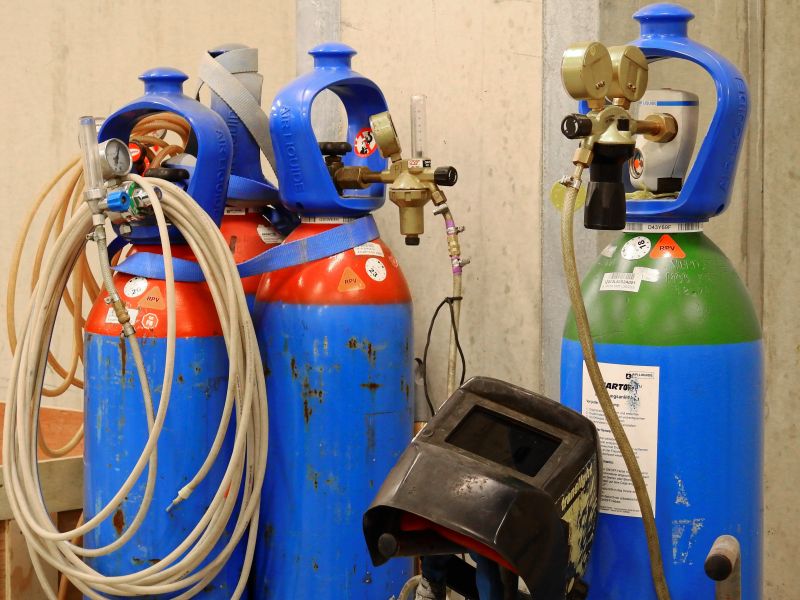
2. Buying Tools and Equipment Used in Welding
When purchasing tools and equipment for welding, several factors should be considered to ensure a successful welding operation.
2.1 Quality: Investing in high-quality tools and equipment is essential for achieving precise and reliable welds. Low-quality equipment may result in poor welds, equipment failure, and even safety hazards. Make sure to buy from reputable manufacturers and consider the warranty and customer reviews before making a purchase.
2.2 Compatibility: Ensure that the tools and equipment you are buying are compatible with the welding process you intend to use and the type of metal you will be welding. Different welding machines require specific torches, electrodes, and accessories. It is crucial to select equipment that is suitable for your intended applications.
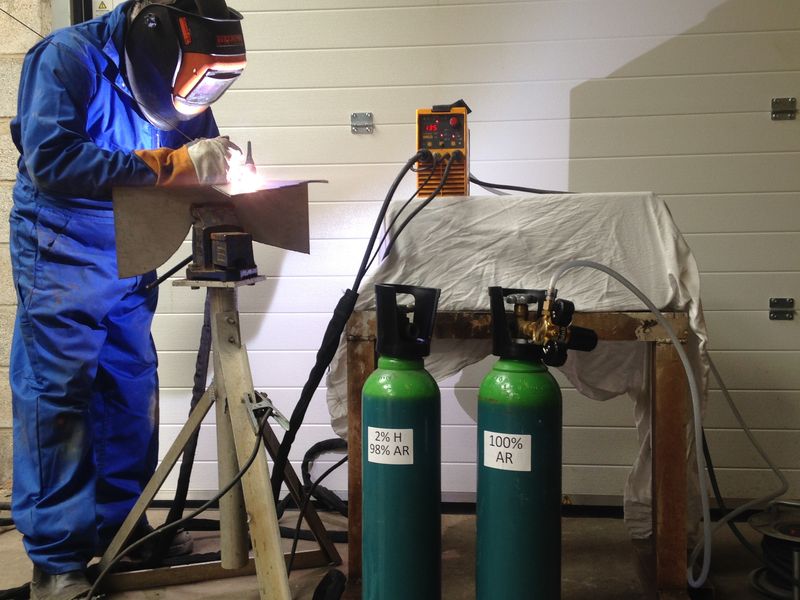
2.3 Safety Features: Welding can be a hazardous job, so it is crucial to prioritize safety features when buying equipment. Look for helmets that offer adequate protection against harmful radiation, gloves that are heat-resistant and offer good dexterity, and welding machines that have built-in safety mechanisms such as overheat protection and voltage regulation.
3. Price of Tools and Equipment Used in Welding
The cost of tools and equipment used in welding can vary depending on various factors such as the type, brand, quality, and features. It is important to strike a balance between quality and cost-effectiveness.
3.1 Welding Machines: The prices of welding machines vary greatly depending on the type of machine and its power output capabilities. Entry-level machines for home use can start as low as $200, while professional-grade machines can range from $1,000 to $5,000 or more.

3.2 Welding Torch and Electrode: The cost of welding torches and electrodes depends on the type, brand, and size. MIG or TIG torches usually range from $50 to $200, while welding electrodes can cost anywhere from a few cents per piece to a few dollars depending on their composition and quality.
3.3 Welding Helmet and Gloves: Welding helmets can range from $50 for basic models to $500 or more for advanced digital helmets with additional features. A good pair of welding gloves typically cost between $20 and $50, depending on the material and durability.
In conclusion, investing in high-quality tools and equipment is essential for achieving successful welding results. Welding machines, torches, electrodes, helmets, and gloves are among the key tools and equipment used in welding. When buying, consider factors such as quality, compatibility, and safety features. While the cost of tools and equipment may vary, it is crucial to strike a balance between quality and affordability.
